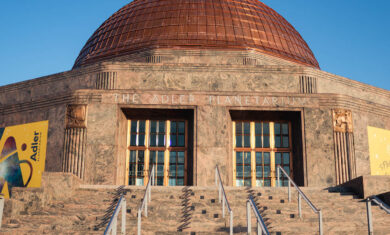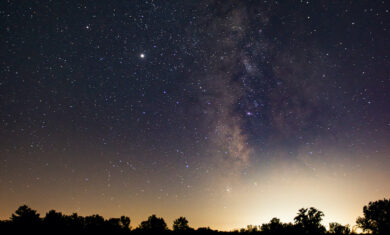Adler Skywatch: September 2025

Header Image: The Sun sets over downtown Chicago during Chicagohenge.
The Sun sets a little earlier each day until almost the end of the year. It reaches a seasonal checkpoint in the sky, bringing with it the beginning of fall. Here’s what you can see in the sky in September, 2025.
The Autumnal Equinox
The autumnal, or vernal, equinox in the Northern Hemisphere occurs on September 22, at 1:19 pm Central Daylight time. It marks the first day of fall and is one of the two points in the year when the Sun appears to cross the celestial equator. Imagine projecting Earth’s equator out into space, dividing the sky into northern and southern halves—that dividing circle is the celestial equator.
On the equinox, the Sun rises roughly due east and sets roughly due west, and the length of daylight hours and nighttime hours are about the same. After the autumnal equinox, the length of nighttime gradually increases each day, until the winter solstice on December 21.
Chicagohenge 2025
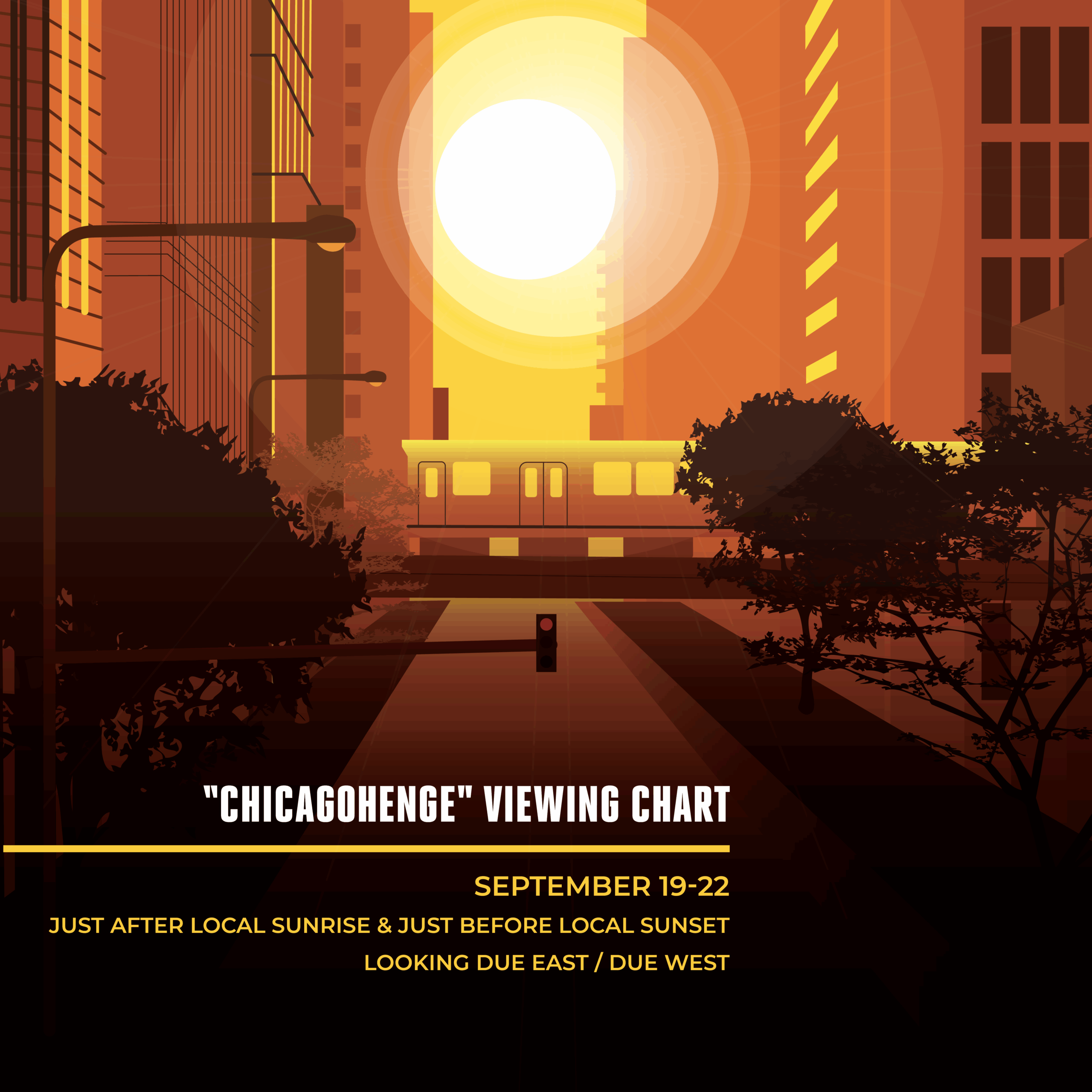
On clear days just before, during, and after the autumnal equinox, see if you can spot the famous architectural phenomenon: Chicagohenge. Looking down the east-west-running roads in Chicago and the suburbs, the rising and setting Sun gets framed by buildings and other structures on either side, creating a beautiful sight.
How To See Venus and Jupiter
Like last month, the planets Venus and Jupiter appear not far from each other, low in the east shortly before sunrise. Bright Jupiter rises first, in the east-northeast around 3:00 am at the start of the month, and at about 1:30 am by month’s end. To the left of Jupiter are the bright “twin stars” Pollux and Castor, in the constellation Gemini. Pollux is the brighter of the two stars, but Jupiter is brighter than either star. The morning of September 16, a very slim crescent Moon appears between the planet and the two stars.
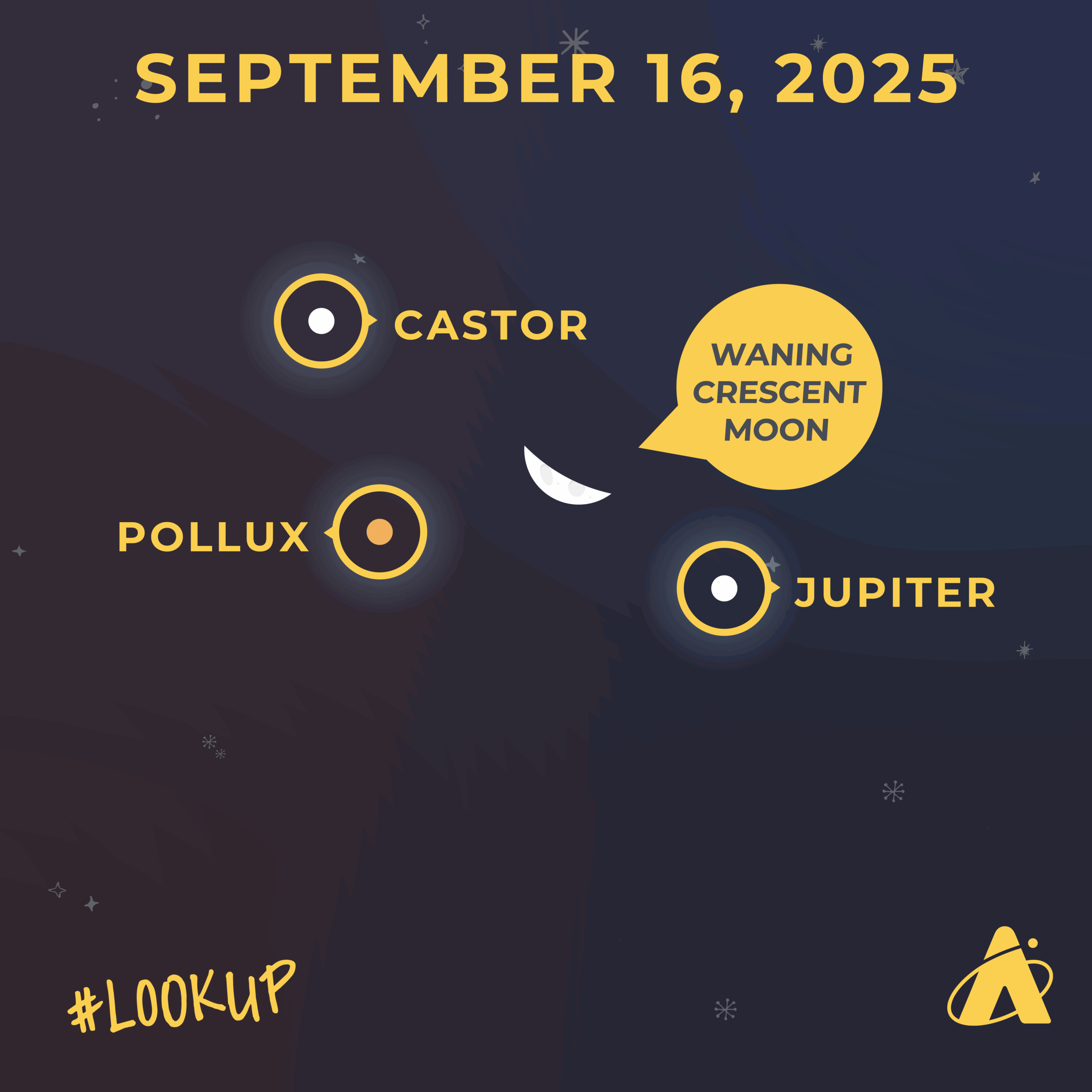
In the east-northeast, the dazzling Venus rises a little after 4:30 am at the start of the month and around 5:45 am by month’s end. The two planets are about 20 degrees apart on September 1 and move farther apart until they’re about 50 degrees apart on September 30.
The morning of September 19, a nearly new Moon is in conjunction with Venus. The planet will be barely a quarter of a degree from the lower “horn” of the skinny crescent Moon. You may also see a star about a half degree to the lower right of Venus. That star is Regulus, the brightest star in the constellation Leo.
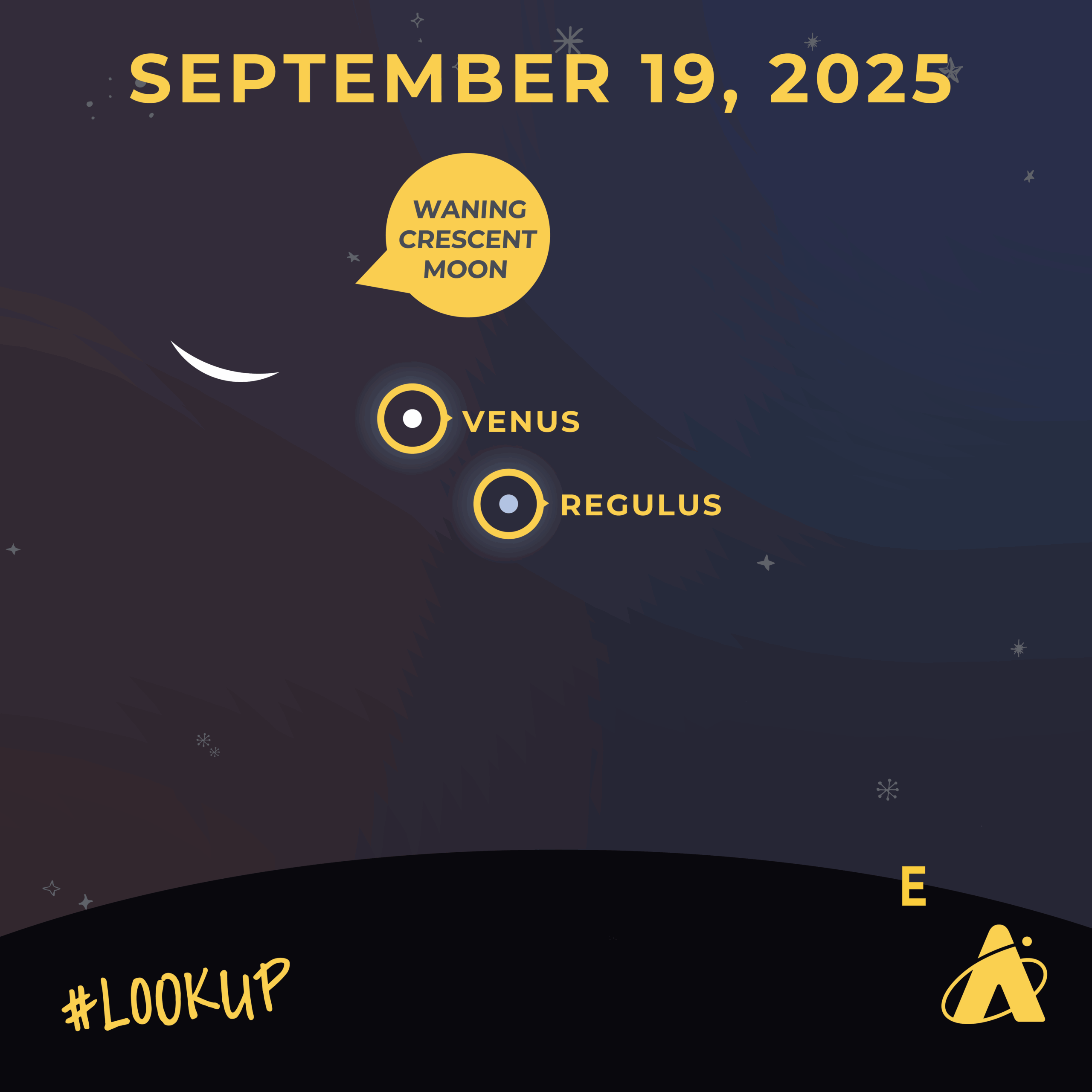
Winter Stars Make An Appearance
Before sunrise, you may also notice that there are numerous fairly bright stars to the right of Jupiter and Venus, in roughly the same quarter of the sky. Over the next three months, those stars will highlight the winter night sky, including the night’s brightest star, Sirius, in the constellation Canis Major. It shines at nearly -1.5 magnitude.
How To See Saturn
If you don’t want to rise before dawn to see a planet, Saturn appears low in the east by about 9:30 pm at the start of the month, and by about 7:30 pm by the end of the month. It remains brighter than first-magnitude all month long. Saturn is at its nearest approach to Earth for the year this month, and on September 21, Saturn reaches its opposition. When a planet is in opposition, it means that the Earth is directly between it and the Sun.

Around midnight, Saturn gets about halfway up in the southern skies at its highest point. The night of September 7 through the morning of September 8, Saturn appears near a large Moon, barely a day past a full Moon.
Early in the month, it fades away low in the west-southwest as morning twilight brightens the sky. But in the latter half of the month, if you have a clear view to the western horizon, you may be able to see Saturn setting before the sky becomes too bright.
Moon Phases
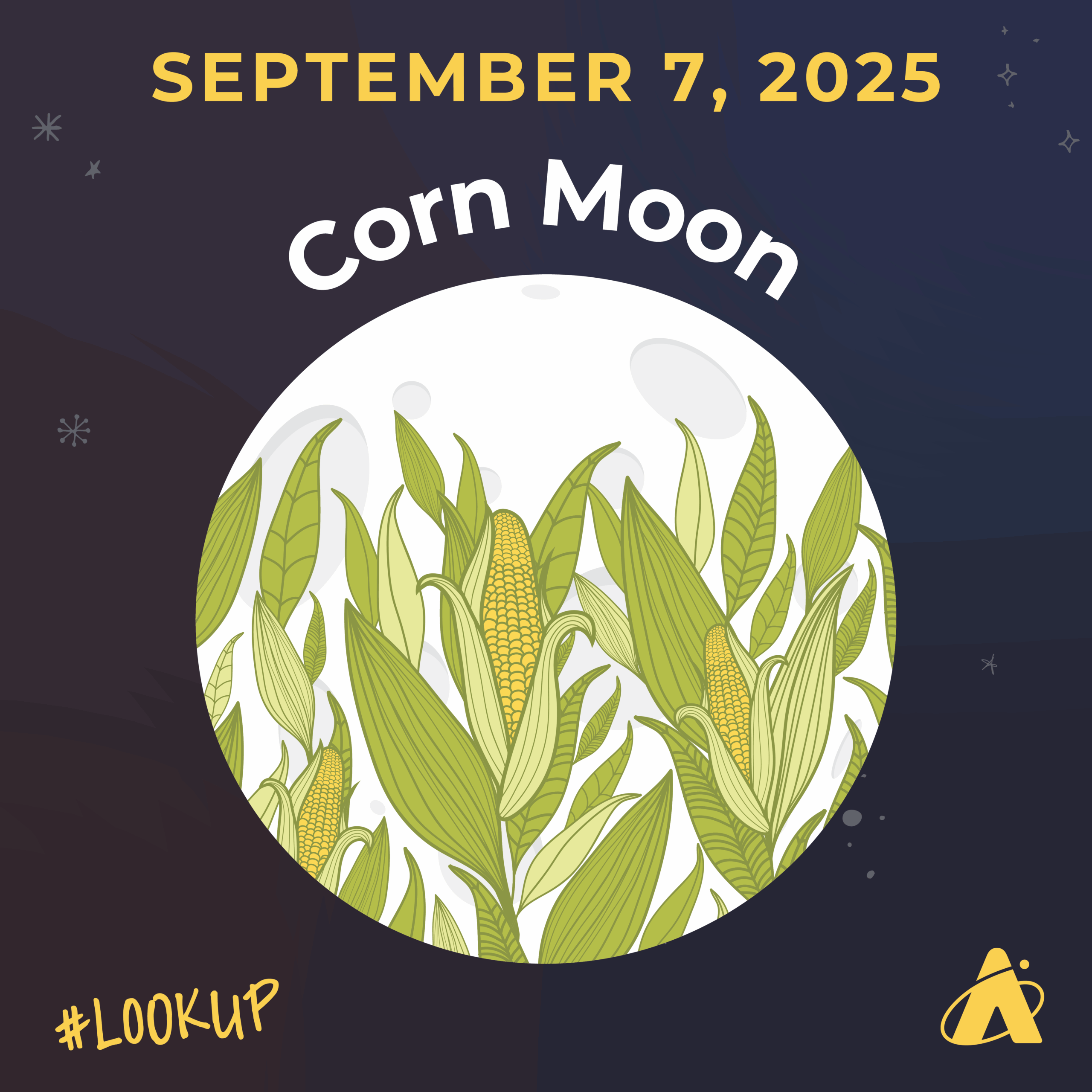
There is a total lunar eclipse occurring this month, the night of the full corn Moon on September 7, however, it won’t be visible from the continental United States.
Full Moon: September 7
Last Quarter Moon: September 14
New Moon: September 21
First Quarter Moon: September 29
Please note: these descriptions are for the Chicago area, using Central time.
Subscribe To Skywatch Wednesday This September
Tour the sky with the Adler Planetarium’s Theaters Manager, Nick, in Skywatch Wednesday. Nick uses cutting edge visualizations, NASA images, and astrophotography to show you what you can see in the night sky throughout the year.
Check out Nick’s latest episode, learn how to see the summer triangle and the constellations that make it up. Plus, see zodiac constellations, Scorpius and Sagittarius, along with several Moon and planet conjunctions, and the Milky Way this summer!
Learn From Our Astronomy Educators
Watch recaps of Sky Observers Hangout livestreams this September! Learn how to observe upcoming cosmic happenings, enhance your astrophotography skills, and see celestial objects through a telescope virtually with our astronomy educators.
In the latest episode, Michelle and Hunter tell you everything you need to know about solar maximum—a period of heightened solar activity that we are currently in! Get a live view of the Sun through our telescopes and learn all about how the Sun’s activity and dynamic weather affects us here on Earth.





